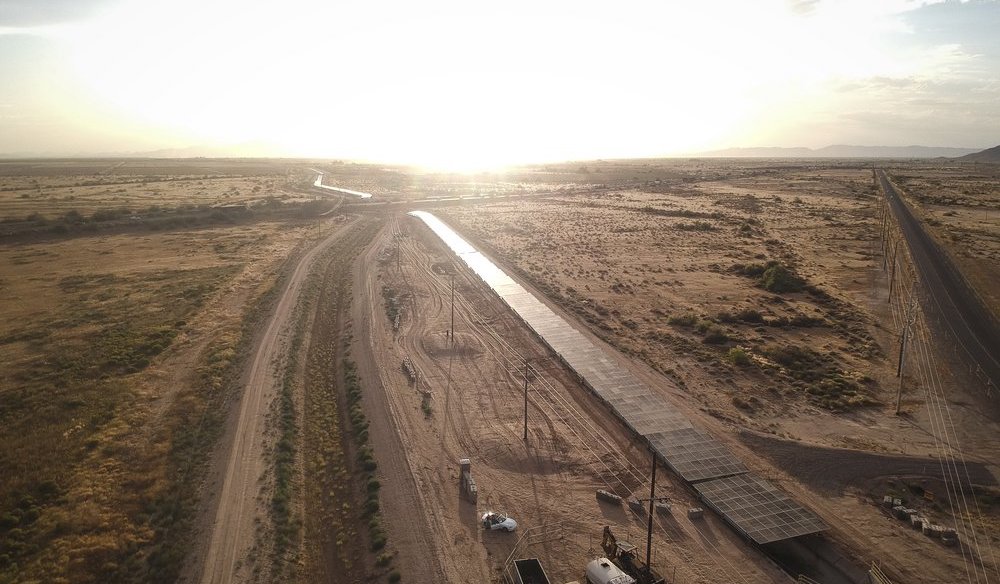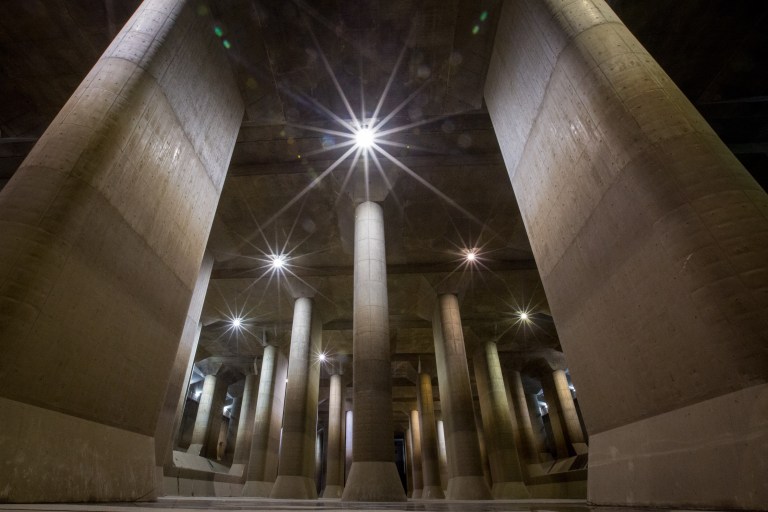Across the country, canals bask in the sun all day — a source of energy that currently isn’t being harnessed for a bigger purpose. This may soon change, however, as tribal land in Arizona is about to become home to the first solar-covered canal in the nation.
“Canal solar allows for greater power production per land size, cleaner water, less power transmission losses, and significant reduction in evaporation,” Ben Lepley, an engineer who made prototypes for the canal design based on a similar project in India, told Canary Media.

The pilot project is located south of Phoenix on the Casa Blanca Canal, which is part of a canal network owned by the Gila River Indian Community. It’s estimated to boost solar power generation by 1.9% (equivalent to $2.3 million per year), according to Lepley: “We’ve passed those savings on to the ratepayers and prevented a huge amount of CO2 from warming our atmosphere, all without bulldozing vast tracts of the Sonoran Desert.”
Per the outlet, Native Americans have been using canals to irrigate the Gila River Valley for millennia. The first stage of the project, a half-mile-long section of the canal, is set to connect to the distribution grid at the end of the summer, delivering power to the Pima and Maricopa tribes. Plans are in place for a further 15.5 miles to be covered by solar panels as well — and looking ahead, it may serve as a model for the thousands of miles of other canals throughout the U.S.
In California, one such initiative is already underway. Project Nexxus is a proof-of-concept demonstration pilot funded by the state and inspired by a 2021 University of California, Merced study “that demonstrated numerous water, energy, and cost co-benefits of covering California’s exposed aqueduct system with solar panels,” per advisory firm Solar Aquagrid. It’s expected to be completed in 2025.
Building solar panels over water infrastructure may offer a range of advantages, but it isn’t easy, Canary reports. Lepley pointed out that emergency and maintenance personnel need quick and unimpeded access to the canals, as well as the ability to remove large objects from them.
“Cows, cars, and couches somehow always end up in the canal,” he told the outlet. Certain construction requirements make these types of projects expensive — about the double the cost of land-based solar technology — as do the added materials needed to facilitate the complex designs.
But to Lepley and other proponents, the value far exceeds the upfront investment. “Canal solar allows for greater power production per land size, cleaner water, less power transmission losses, and significant reduction in evaporation,” he said.












